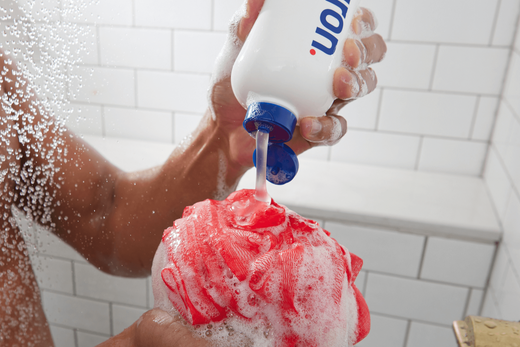Matt Teri is a grooming authority and creator behind Huron's skincare, fragrance and personal care innovations. With a career spanning over two decades in the beauty and CPG industry, Matt has earned a reputation as a pioneer in men’s skincare. His background in product formulation and brand development is extensive, having led product innovation at some of the world's most iconic beauty brands, including Estée Lauder, Tom Ford and Lab Series. His work has helped redefine the landscape of men’s grooming by addressing the unique needs of male skin, body and hair care through research-driven solutions.
Section 1: Getting Started
How do you typically begin the process of developing a new fragrance? Do you have a specific ritual or creative process to kick things off?
When developing a new fragrance, I start by defining the core idea or purpose of the scent. This might involve reviewing past experiences, analyzing trends, or identifying a gap in the existing lineup. I’ll pull together sensory references—visuals, textures, colors—to build a conceptual framework. It’s less about random inspiration and more about setting a clear direction to create around.
Where do you find inspiration for the fragrances you develop? Are there certain places, memories, or experiences that spark the initial concept?
Inspiration for a fragrance comes from patterns in everyday surroundings—travel, environments, and sensory contrasts. It’s less about romanticizing specific moments and more about dissecting the elements that stand out—such as the crispness of sea air, or the interplay of warm and cool scents in nature. Observations and experiences serve as reference points to help build a vision and I look at how these inputs align with a specific scent profile, then how they can be translated into a cohesive fragrance.
How do you take the initial idea for a scent and translate it into something the fragrance house can work with? Do you give them images, emotions, or feelings to communicate your vision?
I start by breaking down the concept into structured parts that can be easily communicated. I’ll use mood boards, imagery, and sensory language to create a shared vision. It helps to define the core characteristics—sharp, smooth, earthy, or bright—and how these attributes translate into specific notes. For example, I might say, “We need a base note that feels warm and textural, like suede, or with an energetic top note that weaves through like crisp, salted sea air. The key is to create a brief or a path that allows the fragrance house to understand the emotional intent behind the scent.
When you think of a new fragrance for Huron, what’s the first thing that comes to mind—a specific fragrance family or the feeling you want the wearer to experience when they put it on?
It’s really a two-pronged approach. I’m looking at consumer trends, preferences, and any gaps in our current fragrance lineup. If there’s an opportunity to introduce a new fragrance family or olfactive territory that fits consumer tastes and rounds out our portfolio, we’ll factor that in. The other piece is focused on the feeling we want to convey—whether that’s relaxed, energetic, sophisticated, etc. Once defined, I’ll build an olfactory profile around it and collaborate with the fragrance house to find the right notes that evoke that response. The goal is to create a scent experience that feels fresh and compelling to the wearer.
How important is it for the fragrance to align with Huron's brand identity? What elements do you consider to ensure it complements the existing scent lineup?
It’s very important. Every new scent should feel like an extension of the Huron identity—clean, modern, and versatile- masculine-leaning but gender neutral. I consider where it fits in the lineup and what it adds, ensuring it’s distinct but cohesive. The goal is to create scents that can stand alone but also play well together in a larger collection.
More to come on the development process, stay tuned!




